Death by wind turbines and missiles: What does the future hold for bats in Ukraine?
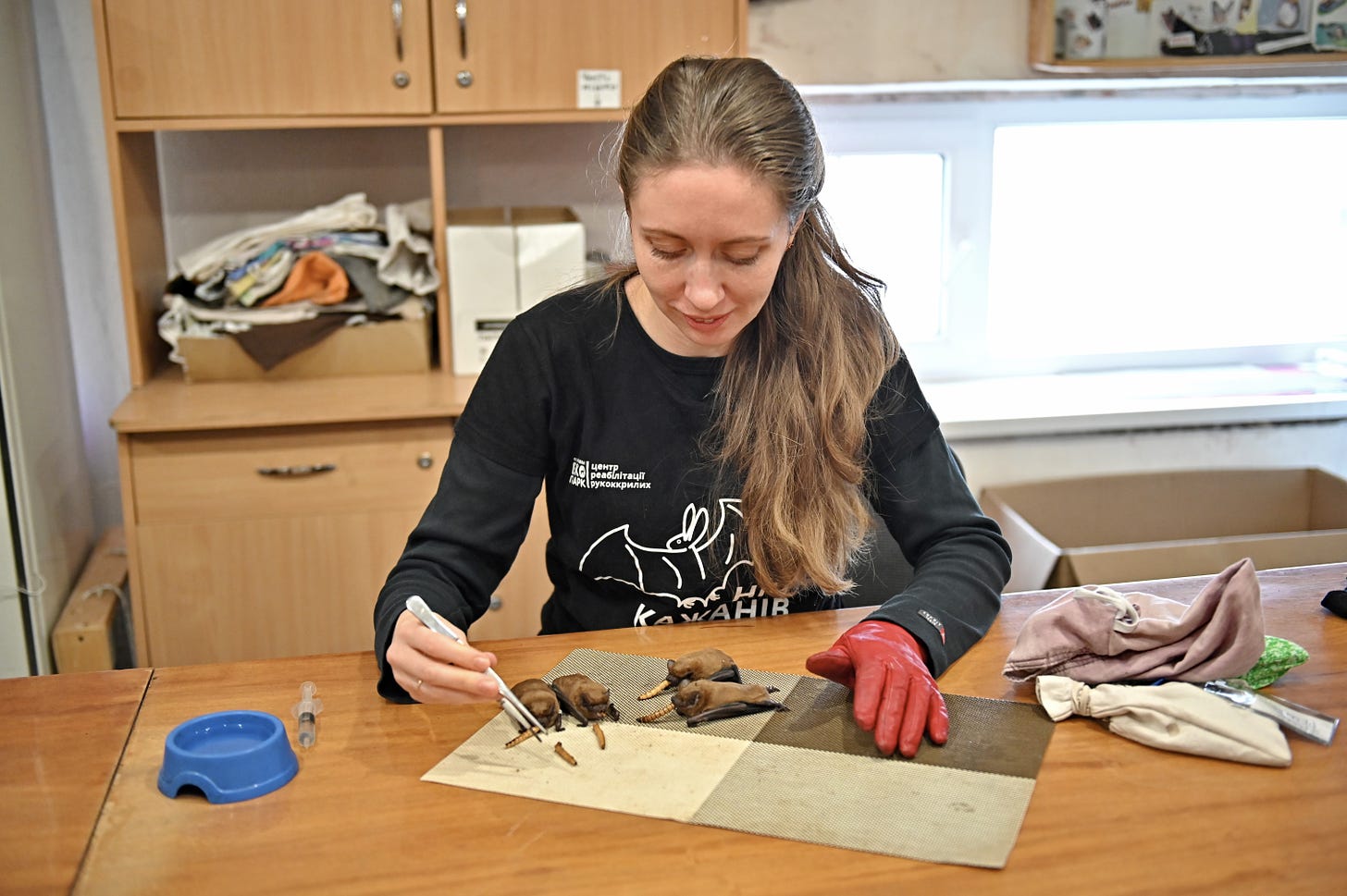
Bats in Ukraine are under threat and are listed in the national red-data book. The conditions of these flying mammals are further worsened by the Russia-Ukraine war, as the buildings and environments they hibernate in are bombed, leading to their deaths. As if this is not enough, there is an increasing record of the death of bats by wind turbines in Europe, even leading to a drastic reduction in the population of bats in Germany. For over 10 years, Alona Prylutska, co-founder Anton Vlaschenko, and the rest of their full-time team at the first and only Center for Bat Rehabilitation in Ukraine, have been trying to alter this unfortunate trajectory. Speaking to The Habibat Project, Alona, a bat biologist and co-founder of the center, shares a hidden side to the microbats survival story and all progress so far.
Do the people in Ukraine and Eastern Europe really believe that bats are sources of bad luck?
Unfortunately, yes, they are in fear of myths; they believe in all these kinds of myths about vampires. We [Ukrainians] have such myths that all bats can stick to your hair somehow. So yeah, unfortunately, they believe in those kinds of things. And, of course, they are afraid of rabies. It's also one of the strong beliefs that all bats carry rabies. It's one of the biggest problems that we are trying to change, to change people's minds, their attitude towards bats, because their survival, a lot, depends on people's attitude and how they behave when they find the bat.
Would that fear factor be responsible for the human-bat conflicts in Ukraine?
Yeah, exactly. Especially now, we understand that we can't save all bats in Ukraine. Because it's impossible. But we can change their minds [and] change their attitude towards this animal. So in this case [a change of attitude of the people], we would save many more animals than we do right now. We have three directions of our work. One of which is research. Actually, we started as bat researchers, I studied bats in woodlands and different landscapes. The second one is rehabilitation…and the third one is public awareness. Of course, educational work means a lot and that's why we do a lot of different educational events. And actually, it's one of my biggest parts [of Alona’s work] now; I work more with people now than with bats.
Would you say climate change and human encroachment are responsible for the movement of bats from their original homes to residential areas?
It's one of the possible reasons why they switch their migration behavior. But yeah, one of the reasons is climate change, because those bats which we rescue now, 80% of them are noctules, Nyctalus noctula. Nocturnal bats. So they used to be a migrant species. They spent summer in Ukraine, and they went for hibernation [in] Western Europe, Southern Western Europe, Mediterranean region, where a lot of caves are around. But nowadays, around the last 30 years, they switched this migration behavior and they started to hibernate in Kharkiv, not only in Kharkiv, but in many Ukrainian cities, mostly in the northern ones, but as well as in the southern [ones], and one of the reasons why they started to do that is climate change, because winters are getting warmer. And for bats, it is a question like, “should we migrate or can we stay at the same place and not migrate?” Because migration is risky, they can die during it. But hibernation in cold places also can be very risky. The second reason why they probably started to do that…we don't know exactly but in [the] last 30/40 years, there was a huge growth of our Ukrainian cities, especially these high storey buildings. With a lot of cracks, crevices, bats actually find their roost. So they started to stay in buildings, probably because warmer winters, plus [a] great amount of roosts led to staying for hibernation in Ukraine. We don't know exactly. But we see these changes because we had records about bats in Kharkiv from [the] 1960s, and there were no noctules, only Serotine bats and other species. But currently, there are hundreds of them, maybe even [in the] Mainland, hibernating in Kharkiv, and in other cities; they are also very common in Kyiv, Dnipro, and Zaporizhzhya, and other cities, from where we are rescuing now.
What are the implications of this kind of migration to the ecosystem over there?
I guess, in general for the ecosystem, it's not such a big change, you know, animals migrate all the time. And I mean, like in [the] historical times, they were migrating to different places and for different periods. So, we can't say exactly how big the impact of this change is. But of course, for countries of Western and Southern Europe, such as Germany, for example, they have [had] this decline in [the] numbers of bats for the past years. In numbers, I can’t tell you, but together with wind turbines, which are very common here in Western Europe, you know, wind turbines kill a lot of bats during migration, and not only during migration…accidents, you can find these numbers, it's well known. Like it's rather studied. Question[s] about how many bats [were] killed in wind turbines [are in] huge numbers. There is a big decline in [the] numbers of at least one species, Nyctalus noctula. I can't say about others, but noctule bats are really less common in Germany for the past maybe decades or something like that. But in Ukraine, we see this arousal in numbers, because they started to stay for winter. So they spent maybe all their year in our zones. Not only in Ukraine, they’re also [in] Belarus and southern parts of Russia – so in this part of the world.
I discovered that there was a lot of special attention for microbats in your works. So what differentiates microbats from other bat species and how have you navigated the needs of various bat species successfully?
Oh, you know, in Europe, we have, except for one, only microbats species. [About] that one, it’s [the] Egyptian fruit bats, the rest are microbats. Microbats are common in Europe, so we study what we have. Rather just say, Egyptian rousette, that's the name of the fruit bat. In Europe, they are very rare; they live in Cyprus and in Turkey. We have microbats, so we study them, because all 28 species of Ukraine are microbats.
What are your struggles in trying to change the perception that bats are of bad luck in Ukraine?
Yeah, usually people. Social behavior of people and not [just] on the social, but then in [the] psychology of people's attitude toward bats because, unfortunately, we had a lot of cases when people just didn't want to share their home, their buildings, with bat colonies which wanted to hibernate there. So [it is] actually why we started to rehabilitate them, you know, [at] our Bat Rehabilitation Center. In 2007, I guess we had a call from people in the city center of Kharkiv, they found bats laying on the ground. But then other people just throw them away from the window, [as] it was winter, [if] they found the bats during the renovation work in their building, and then, they throw them away just to the ground, on the roads. And cars were crashing them [out], and [the] road and snow were all red with blood, and [it was] other people that called us and told [us] about the situation. But unfortunately, we were away from the city and we were studying other animals in the forest. And then we came back and realized that we had such big issues of bat-human conflicts, we decided to share our phones, our contacts, university address, and asked people to call us if they found those bats .So yeah, we still have such accidents. And almost 70% of them, it's about human cruelty, because they don't want to live together. They complain that bats are smelling bad, that they emit very loud sounds, [and] they don't want to share their balcony with them. So they want to get rid of them as garbage. People don't understand that they are animals, and that they are protected animals listed in our red-data book. That's what we're trying to tell people in our lectures, events…we still are in [a] very big connection with nature, and we need to at least understand and try to live together somehow.
What is the future of Open Data for the bats’ research?
I started by monitoring one of our nature protected areas in [the] Kharkiv region. I did [for] eight years, [a] bat monitoring project. And we all understand that we need to get our data open. So my last publication was about free, like open data, which we shared on the GBIF, global biodiversity data facility website, where we published our 10 years data set of bats, which were found mostly in Kharkiv, and in different cities of Ukraine, which we got in our bat rehabilitation center. So we are trying to share our data, our knowledge, and also we have a huge collection of bat skulls. Unfortunately, bats are dying, but we preserve all these specimens from them, tissue analysis, DNA, bat skulls & morphology, and so on, so we have a big collection of bat skulls, it’s several thousands. And we have collaborators in Western Europe, so we want to share our data or material with them. Because no one knows how war ends and what and who survives. So we decided, at least to make it open and share this. We are taking samples, different kinds of samples from live bats for viral projects. Many directions, many plans, but unfortunately, it's hard to plan far in summer, you don't know how the situation will be, how safe it is, and unfortunately, some parts of Ukraine are still very unsafe, and it is even forbidden to visit. I mean, forests are forbidden to visit in [the] south [and] in the eastern part of Ukraine.
Some things have struck me in the course of conversation so far. First, I think I might have underestimated how enthusiastic you are about bats and, secondly, that you are very courageous. I mean, having to, you know, still look after the bats even at the peak of the war, right? Can you paint a picture of this kind of scenario?
So yeah, I understand it might be surprising that we do this kind of activity now, but actually it helps us, not only me, but whole my team; it helps to not to be depressed so much yeah, you know, not to feel hopeless, because maybe [in the] first few months of the war, we were like in this waiting condition. We were waiting for victory, for [the] end of wars [and] so on but, later, we realized that we can't just wait all our lives. We need to do something, and the best thing [is] what you can do, just do what you are into the best. Yeah. And we were studying bats, we were rescuing them before [the] war, and we can't just stop it because of war. And, because, as you might know, the war started in winter, and we already had on our hands, two thousand bats which were hibernating, so it was difficult just to leave them to die, and one part of them [the bat population] was hibernating, almost on the front line in this private zoo, Feldman Ecopark, and [it was] only at the end of March were we able to rescue [them], like to get them [away] from that area.
So, this bat-activity-work helps us not to give up. Yeah, and we are doing what we can and, actually, [about the] bats, they don't know what war is, you know, they live their lives and don't understand what is happening. Of course some of them died because of war, because they were hibernating in these buildings which were hit by rockets, which were destroyed by rockets. We can't even say [the] numbers – how many exactly – but we published one paper about our attempts to calculate to check those buildings which we knew were inhabited by bats but they were destroyed [during the war].
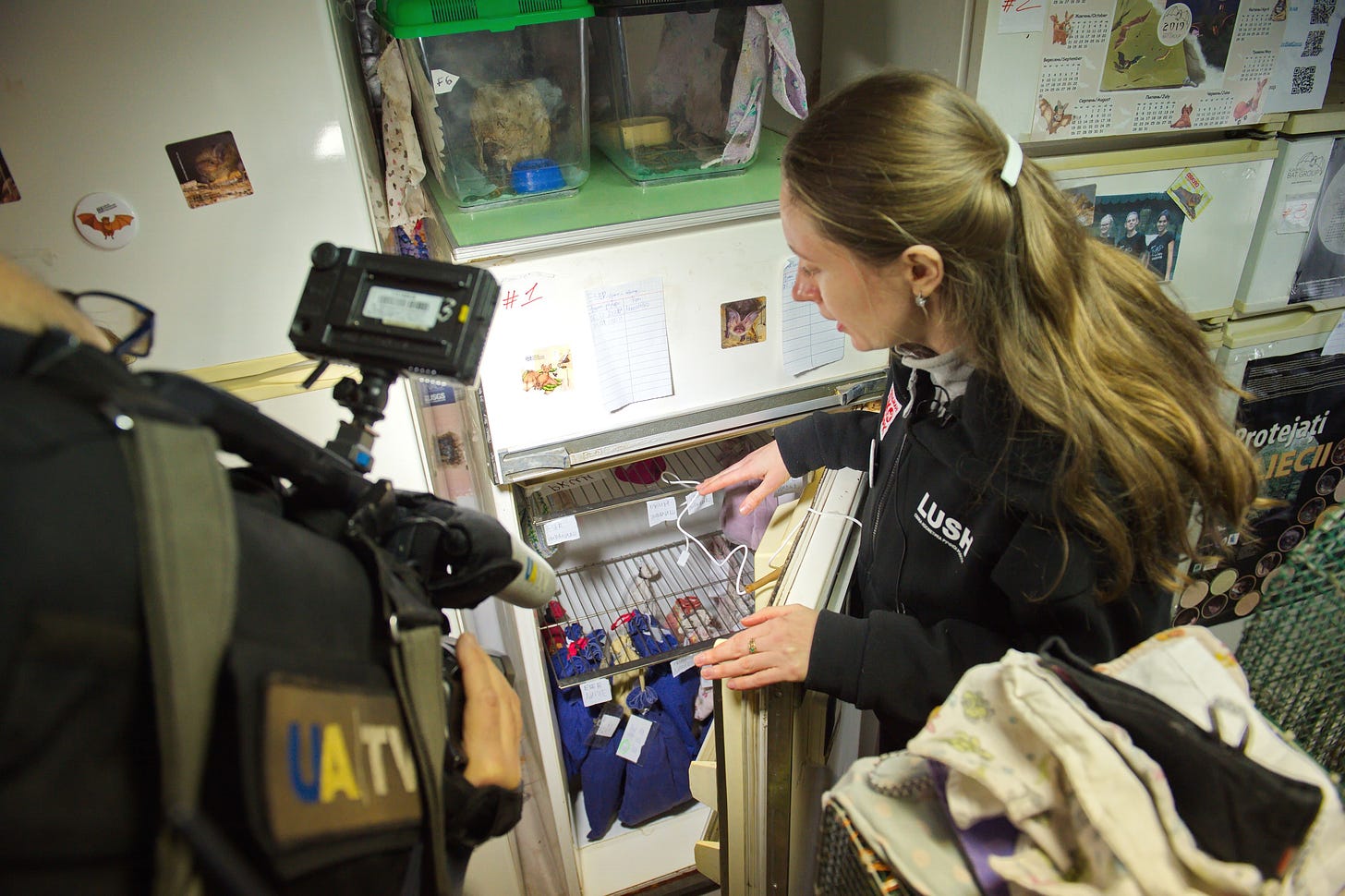
There was also this part where I read that you refrigerate some of those bats during their hibernation stage. What's the point of it?
Bats need low temperatures for hibernation, such as in caves, it's from +2 to +8 degrees above zero. So fridges are such alternatives to caves. Actually, I started rehabilitating bats at my home in 2012. In my home, just [in an] ordinary fridge. But it shows that these conditions are almost good for bats, it depends on their level of humidity, they also need very high humidity, as high as possible. So we started to keep them in hibernation in fridges. And yet they are fine. Of course, we check them. We have hospital-[like] conditions, [through which] we check bats each month – their body mass, their body conditions. If their body mass decreases, we start to feed them with insects. And those bats which come to us in bad conditions, we feed them before hibernation, and then they hibernate – because they hibernate thanks to their fat reserves, [and] they need big amount[s] of fat reserves, as bears for example, as many animals.
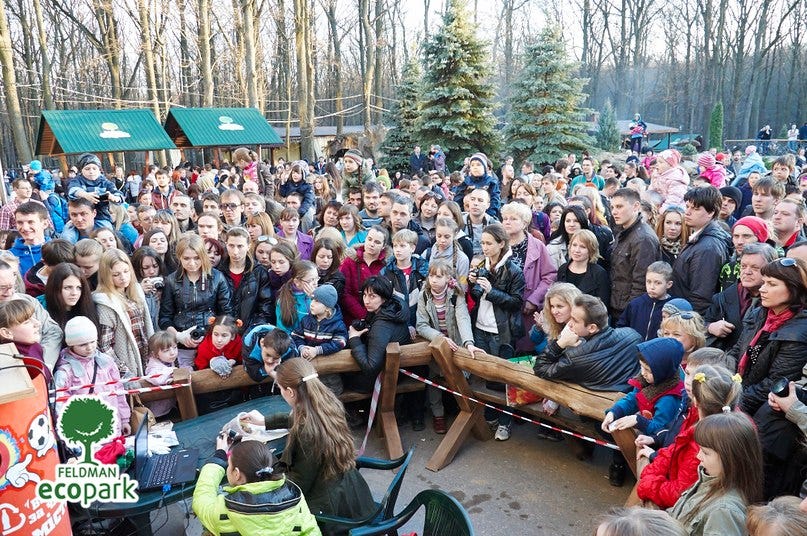
You also host bat festivals. What are they like?
We call it the Bat Spring Release festival. Actually, it's about releasing rescued bats back to the wild, in spring, after winter rehabilitation. Some survive. Unfortunately, not all of them survive, but 85% of them usually survive. And we release them back into the wild, and [for] more than 10 years…this year will [make it] 12 years [that we have been doing] this event. So, we just invite people, anyone who wants to hold the bat on their hand[s], in gloves, of course; we give them only [while wearing] gloves, [and instruct them to] hold on a hand and just release [them] into the wild, in [the] dark sky. So people really enjoy it. Because for many of them, it's an opportunity to see [a] live bat, to touch, to see, that's the most powerful thing which can change this attitude toward bats. So people came to our event before [the] war from time [to time], like from year to year, they were very into this event. And we organize this bat release fest not only in Kharkiv, [but] in different cities, in Dnipro, [and] in Zaporizhzhya. This year, we want to organize it in eight cities of Ukraine because we got a lot of bats from these cities. So, we want to bring them [bats] back and organize this event. It has very good journalists’ attention – [translating to] a lot of broadcasts and articles.



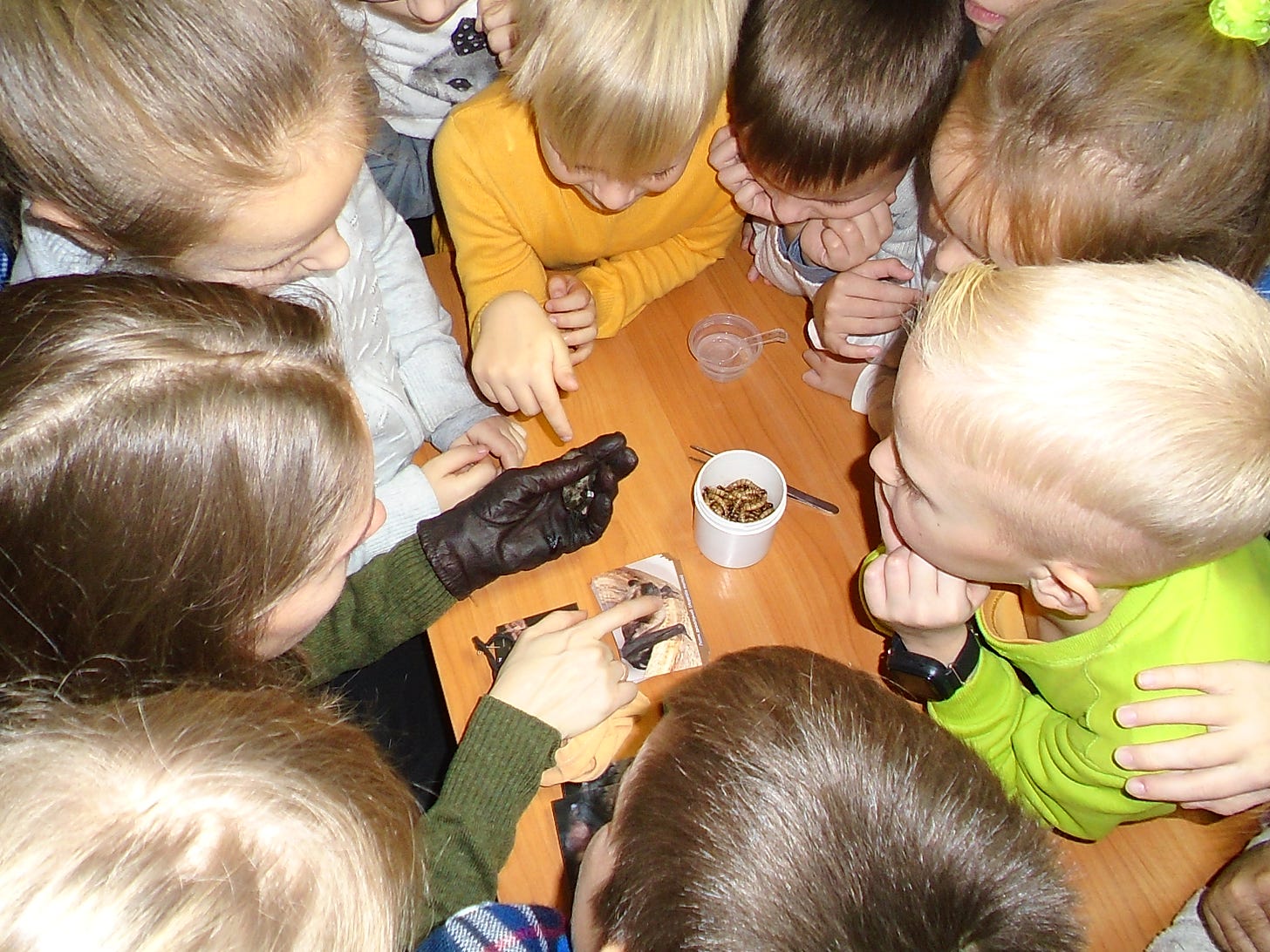
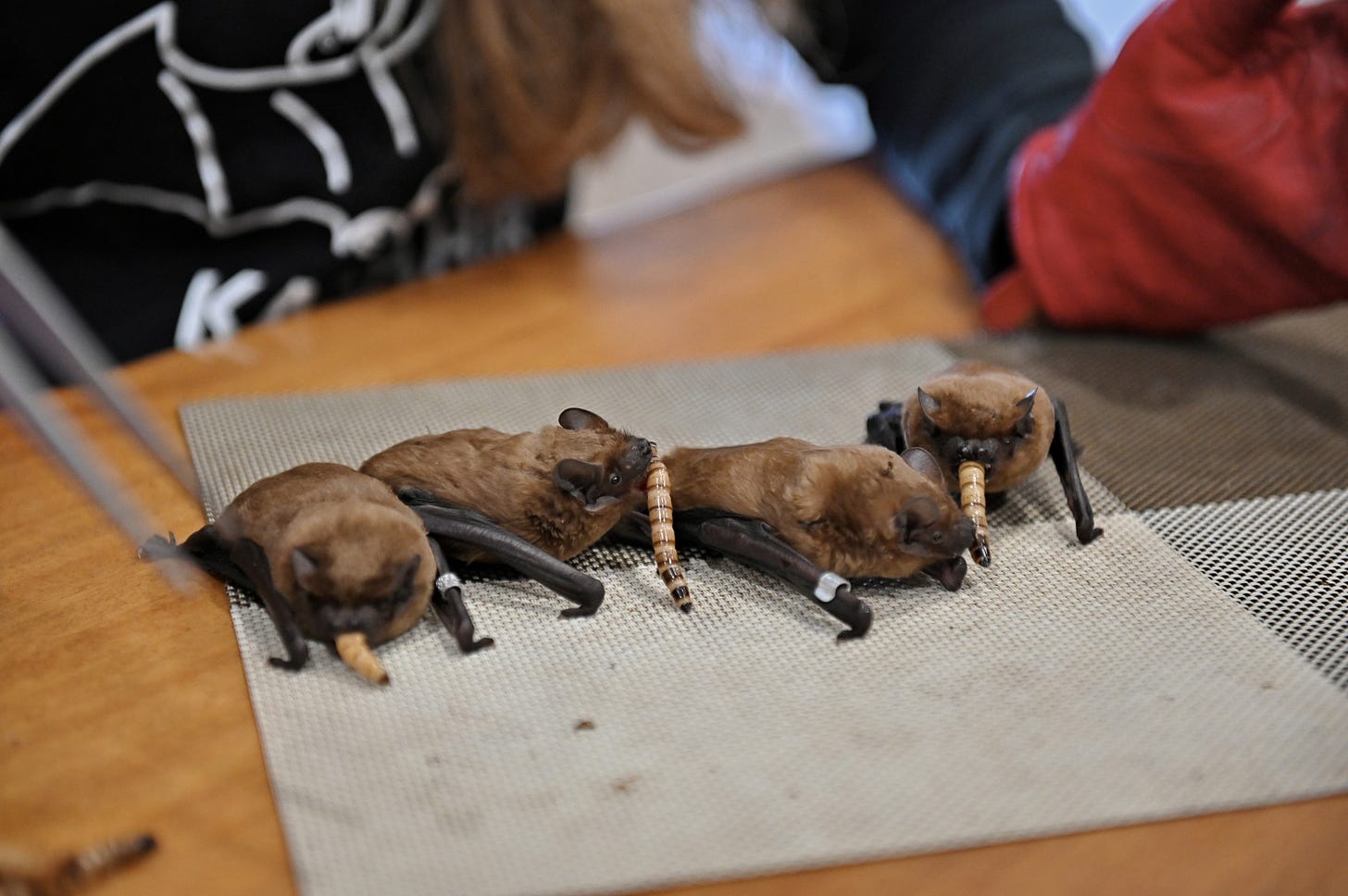
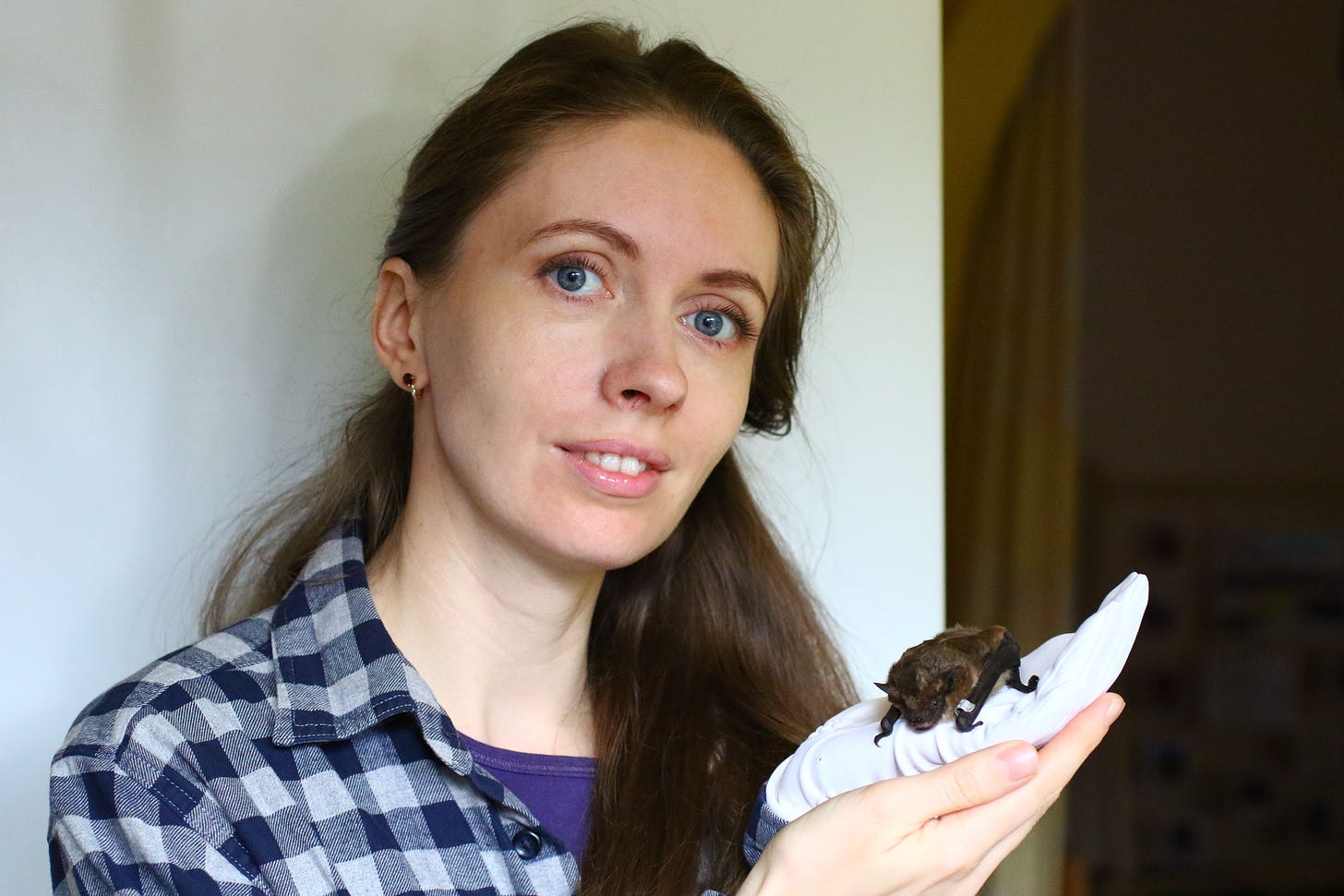
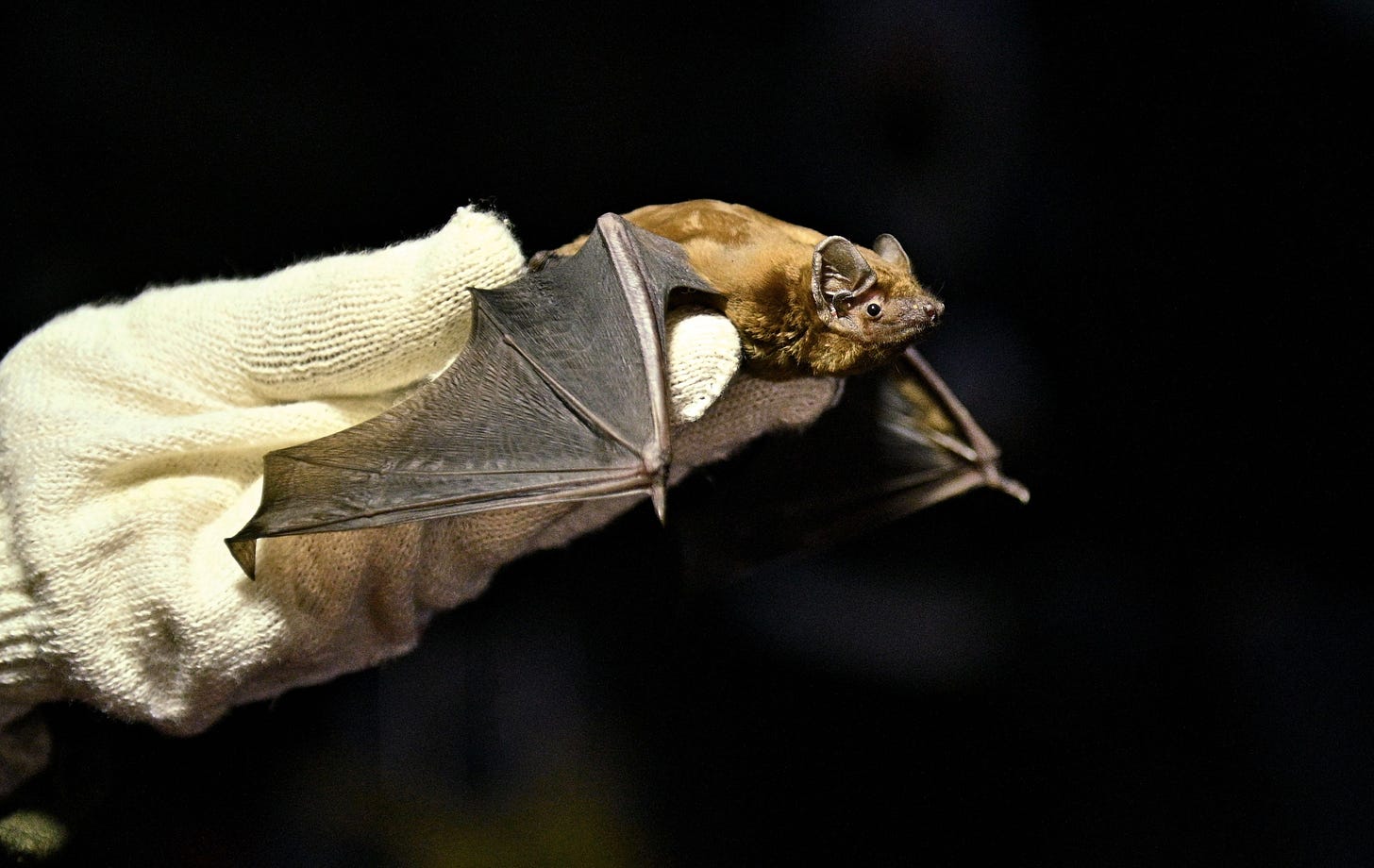
I hope we can get an article on the superstitious belief of people in Nigeria about bats as well.